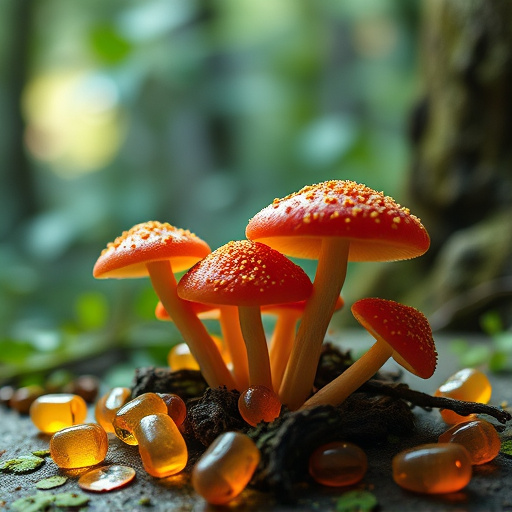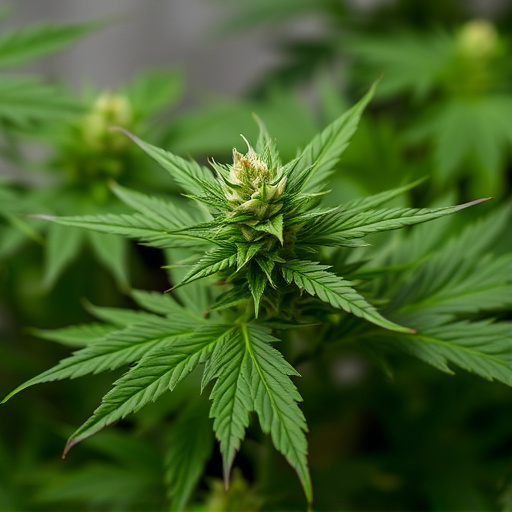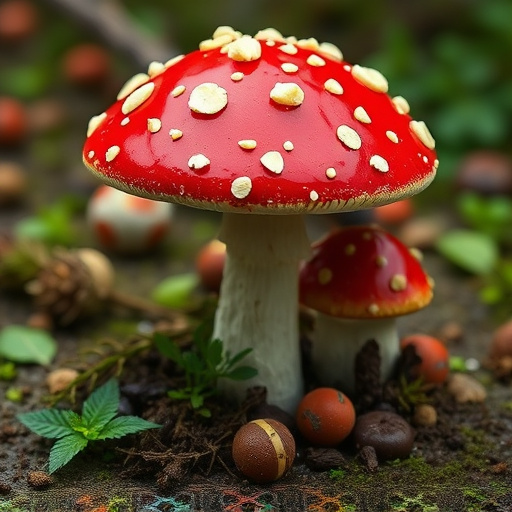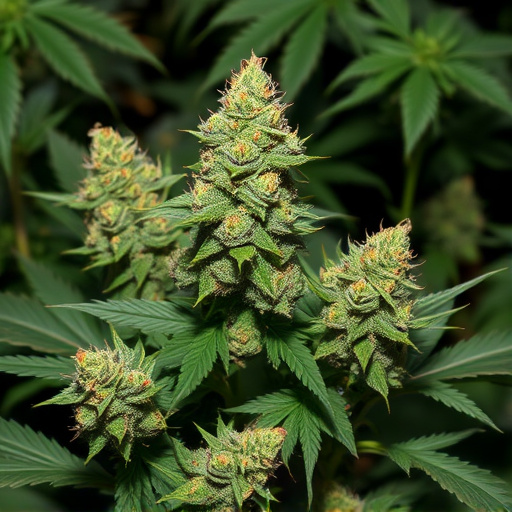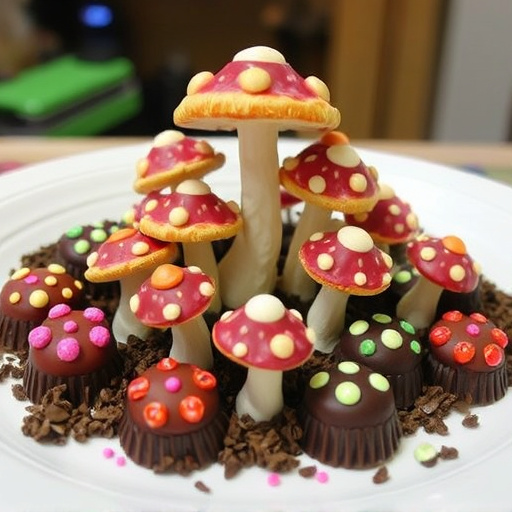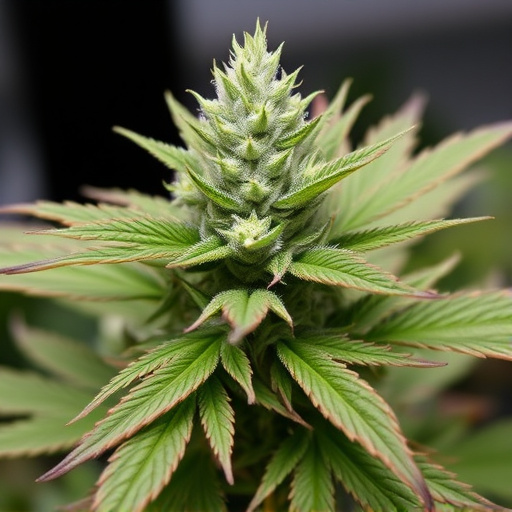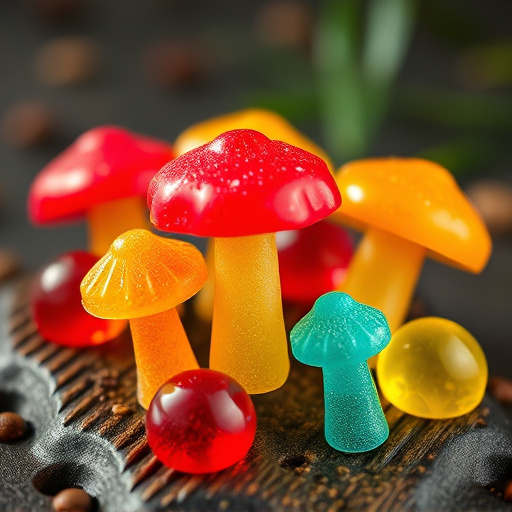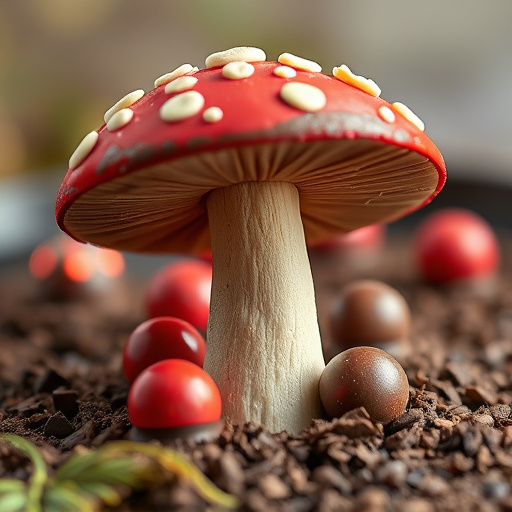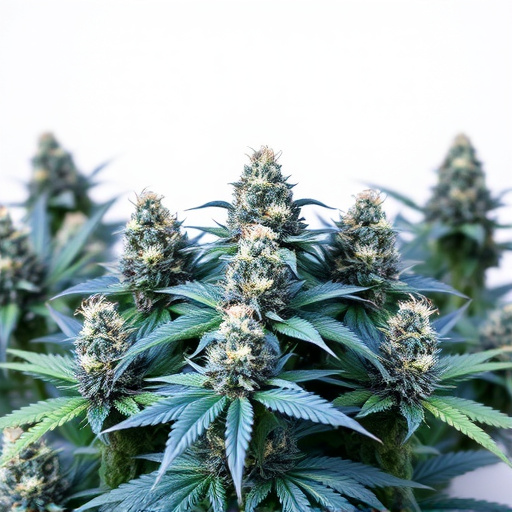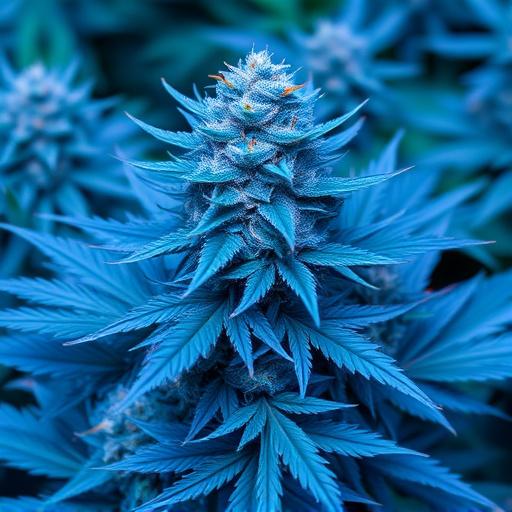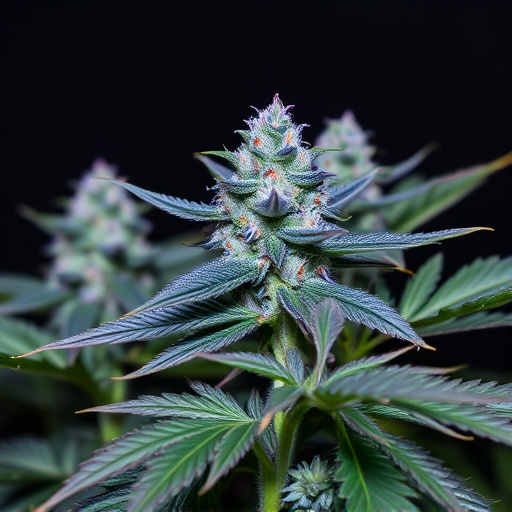Blue cannabis strains' unique aromas and flavors result from complex genetic diversity and terpene profiles influenced by environmental factors during photosynthesis. Key terpenes like myrcene and limonene contribute distinct musky, earthy, and citrusy notes, while cannabinoids interact with the endocannabinoid system to enhance taste perception. Growers manipulate conditions in greenhouses or indoor facilities to foster specific terpene profiles, creating tailored sensory experiences for individual consumers.
Uncover the captivating world of blue cannabis strains and their unique aroma profiles. This article delves into the intricate factors shaping these distinct scents, from genetic roots to environmental influences. We explore how specific terpene compositions lay the foundation for the characteristic aromas of blue strains. Understanding these elements is key to appreciating the diverse sensory experiences offered by these popular varieties. Dive in to discover the science behind the smell and unlock the secrets of blue cannabis’ allure.
- Genetic Composition and Terpene Profiles: The Foundation of Blue Cannabis Strains' Aroma
- Environmental Factors: How Terpenes and Aromas Develop in Blue Strains
- Sensory Perception: Unraveling the Complexities of Smell and Taste in Cannabis
Genetic Composition and Terpene Profiles: The Foundation of Blue Cannabis Strains' Aroma
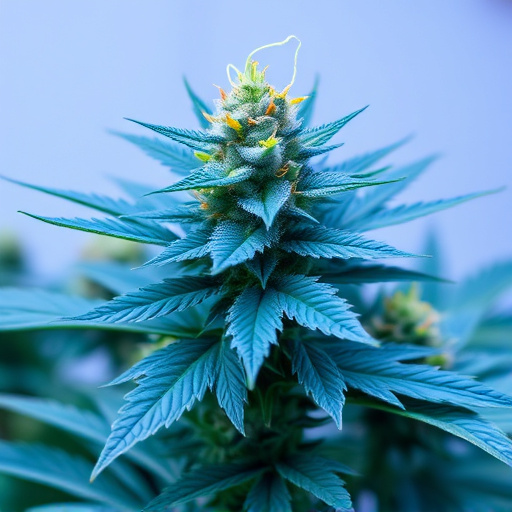
The aroma and flavor profile of cannabis, often referred to as its ‘nose’, are multifaceted, with various factors contributing to its unique characteristics. At the heart of this complexity lies the genetic composition and terpene profiles of different strains. In the case of blue cannabis strains, these elements play a pivotal role in shaping their distinctive aroma.
Genetic diversity within cannabis plants leads to variations in terpene production. Terpenes are aromatic compounds that not only give blue strains their characteristic blue hues but also contribute significantly to their scent and flavor. Each strain’s terpene profile is unique, with specific combinations creating diverse olfactory experiences. For instance, myrcene, a common terpene, imparts musky and earthy notes, while limonene offers bright citrusy scents. These terpenes, combined with other genetic factors, form the aromatic foundation of blue cannabis strains, making them instantly recognizable and sought-after by enthusiasts.
Environmental Factors: How Terpenes and Aromas Develop in Blue Strains
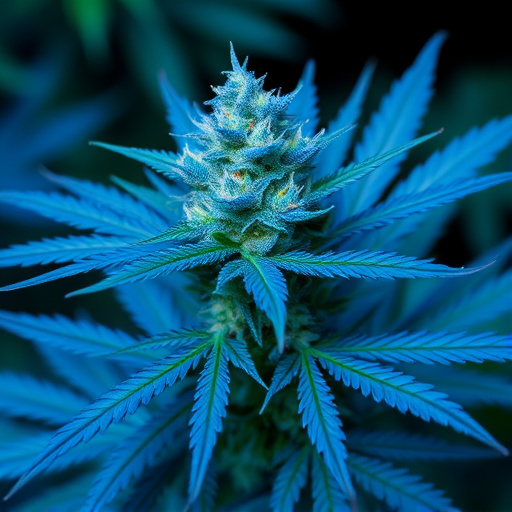
Blue cannabis strains, known for their distinctive hue and unique aromas, owe much of their character to environmental factors. The terpenes responsible for these scents are heavily influenced by the growing conditions, including temperature, humidity, and light exposure. During photosynthesis, plants produce terpenes as a natural defense mechanism against environmental stressors. In the case of blue strains, specific terpenes like limonene and pinene not only contribute to their refreshing citrusy and pine-like aromas but also play a role in their potential therapeutic effects.
For instance, cooler temperatures can lead to an increase in certain terpene levels, enhancing the overall fragrance. Additionally, some growers use controlled environments, such as greenhouses or indoor facilities, to manipulate these conditions precisely, allowing them to foster specific terpene profiles desired in blue cannabis strains. This attention to detail ensures that each strain offers a unique and delightful sensory experience for consumers.
Sensory Perception: Unraveling the Complexities of Smell and Taste in Cannabis
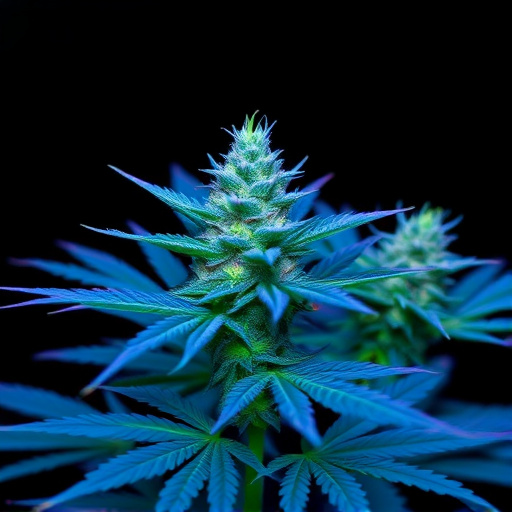
The sensory perception of cannabis aroma is a complex dance between our sense of smell and taste, where each plays a crucial role in shaping our overall experience. Cannabis contains over 100 different terpenes—organic compounds responsible for its distinct odors and flavors. These terpenes interact with our olfactory receptors, triggering specific neural responses that we interpret as various scents. For example, myrcene, commonly found in blue cannabis strains, is known for its earthy, musky notes, while limonene offers a bright, citrusy aroma.
Beyond terpenes, cannabis also contains flavonoids and cannabinoids, each contributing to the overall flavor profile. Cannabinoids like THC and CBD interact with our endocannabinoid system, influencing how we perceive taste and smell. This interaction can heighten certain sensory experiences, making the flavors of blue cannabis strains more pronounced or nuanced for some users. Understanding these intricate relationships allows cultivators to craft cannabis that not only appeals to the senses but also provides a tailored experience for each consumer.
The distinctive aroma of blue cannabis strains is a delicate interplay between genetic composition, environmental influences, and our sensory perception. Understanding these factors helps us appreciate the unique characteristics of each strain, from the earthy notes of pinene to the sweet hints of linalool. By exploring these aspects, we can navigate the vast array of blue cannabis varieties, ensuring we select the perfect scent and experience tailored to our preferences.
